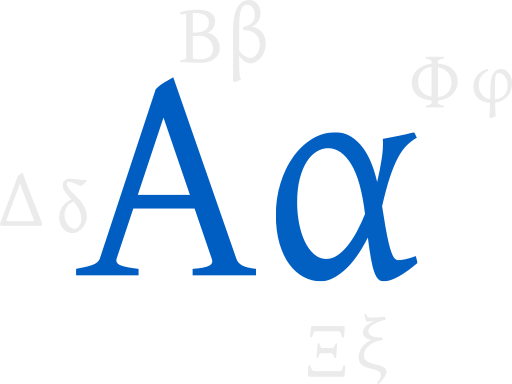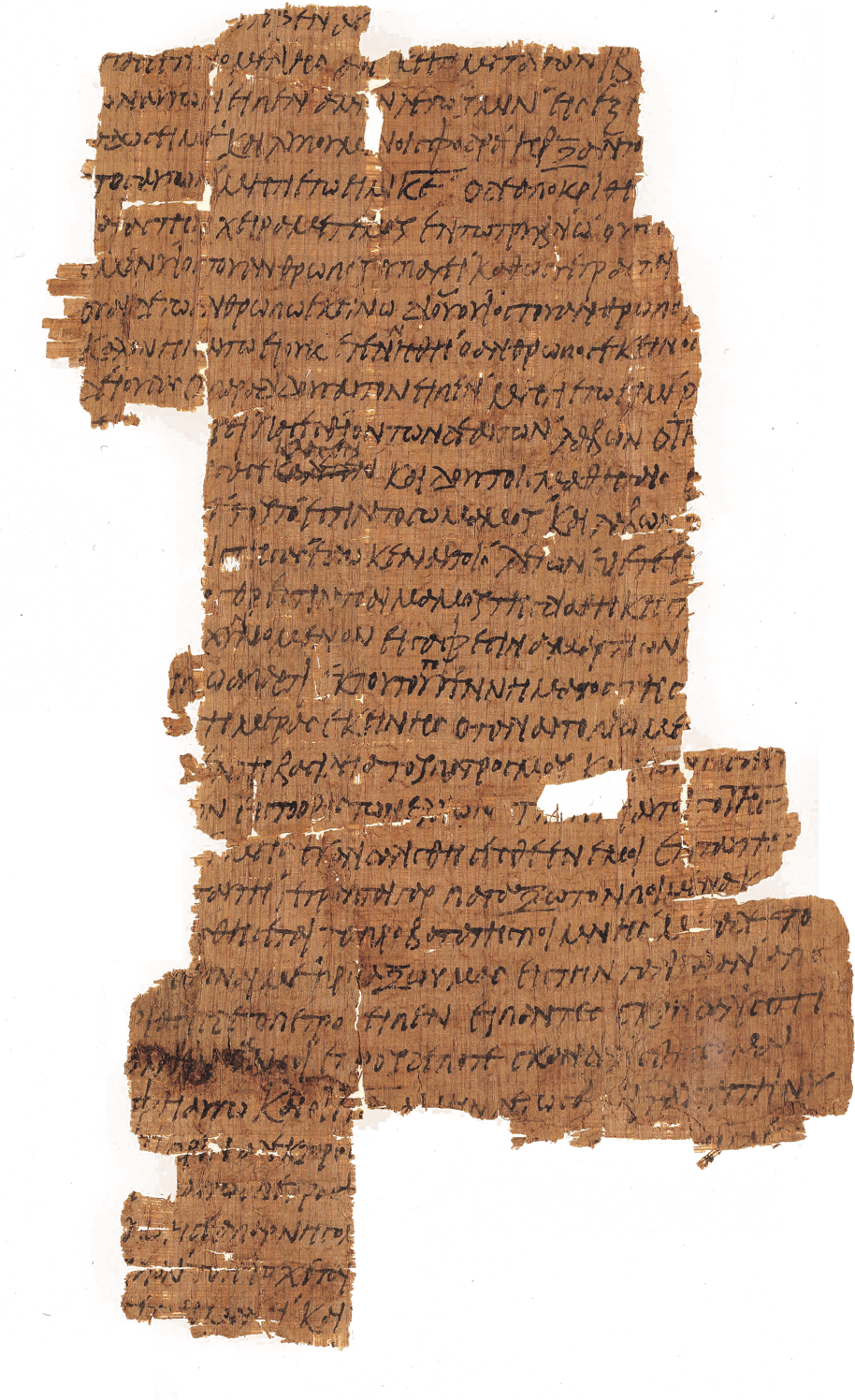Make the switch to Greek and establish a preliminary definition
The simplest way to find the Greek word behind an English translation is to use a reverse interlinear such as the ESV English-Greek Reverse Interlinear. The Greek word behind “life” in John 14:6 is zōē (ζωή). Now that we know this, we can look up the word in a lexicon (an original-language dictionary).
Briefly track the word through Greek literature
WhWhen we look up zōē in the Lexham Theological Wordbook, we learn that in Greek literature zōē generally means “life” as opposed to “death.” Lexicons note that the meaning of zōē in the New Testament refers only to a person’s existence—especially in relation to death—which indicates a narrowing of meaning from earlier usage.
Survey the New Testament usage and note examples from the same author
The idea of zōē as the opposite of death is heightened in the New Testament by its association with the sense of transcendence, especially in phrases such as “eternal life” (John 3:16). It’s not just a statement about life and death, but about eternal life opposed to death itself. Within the Gospel of John, about half of the occurrences of zōē appear in the phrase “eternal life” (e.g., John 3:16; 6:47). John talks about eternal life more than any other New Testament writer; half the occurrences of this phrase occur in his writings.
Revisit the passage to determine the meaning in context
Considering the number of occurrences of the word zōē in relation to “eternal life” in the Gospel of John, it’s quite likely that in John 14:6 Jesus was referring to “eternal life.” But before we draw that conclusion, we need to see whether it holds true in the narrow context of Jesus’ exact words: “I am the life.”
The closest context for zōē in John 14:6 is Jesus’ use of “the life” to talk about himself (as he does with other “I am” statements), a phrase that also occurs at the beginning of the Gospel of John: “the life was the light of men” (John 1:4). We do not know the precise sense that John intended with “the life,” but he seems content to leave it unspecified. Whether “the life” means eternal life in the future or everyday life in the present, John would probably say that zōē is both—and more.


